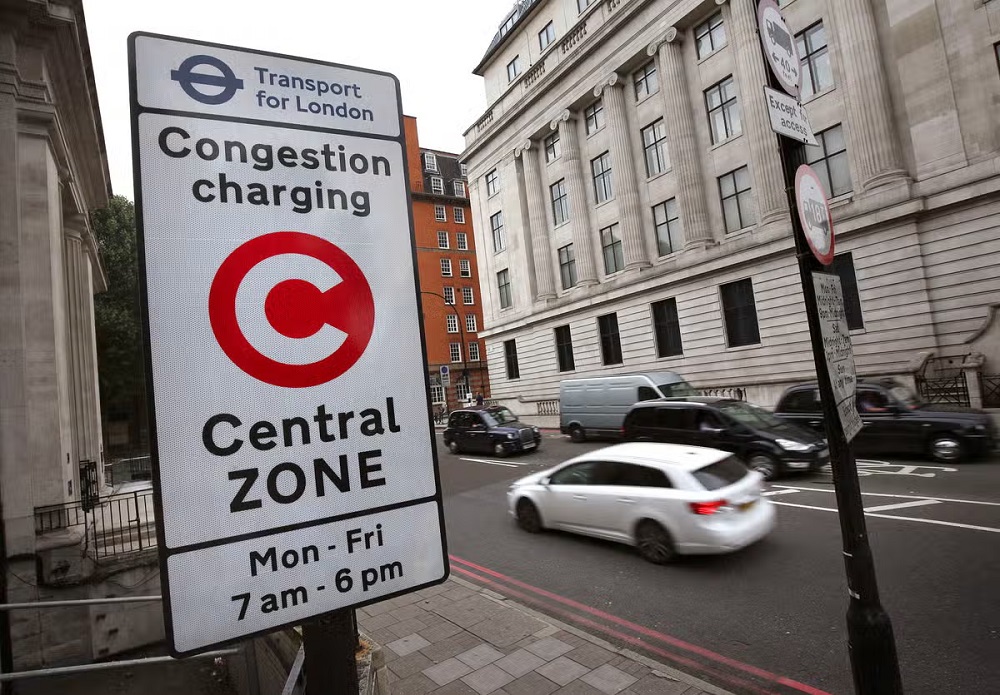One of the major challenges associated with moving in and around South London is finding your way through the area’s numerous congestion zones.
South London’s congested streets, controlled parking zones, and restricted access routes can make moving and relocating a real headache. If you are relocating either your home or your business, you will need to plan extremely well to ensure all runs smoothly and without stress.
This guide is everything you need to know for an efficient transit plan within South London’s congestion zones to save time, avoid expenditure, and reduce stress.
Understanding South London’s Congestion Zones
Although two London congestion zones are the most common and known, the others are less common. The popular one is the London Congestion Charge Zone, which is mainly found at the centre of the city, meaning parts of South London are in the London Congestion Charge Zone. Another one is the Ultra Low Emission Zone (ULEZ), which has certain specifications for vehicles that do not meet its requirements.
There are several reasons that may delay moves – these include lack of planning and the likelihood of getting stuck in a traffic jam. It is very important to know which part of South London is most affected and how you can avoid them as you undertake your move.
Early Planning is Key
In order to ensure a seamless move, you should start planning early. For places with congestion, this becomes even more important. For you to effectively move to or from South London making sure everything has been planned properly takes time. Therefore, early planning is key as it can help you avoid some of the most common mistakes people make during relocation.
Below is how early planning can help:
- Getting the Right Timing: Congestion charges are placed at specified times of the day; therefore, shifting when they are not in place can reduce your expenditure. You may also experience less traffic during those hours that are not peak periods.
- Route planning: Make use of the route-planning tools to avoid entirely any area under congestion or at least keep time spent on them down.
- Discuss congestion zone charges and possible bypasses with your removal company. Professionals in this field can share their experience in reaching such areas.
Choose the Right Removal Company
It’s crucial that you select the best removal company when moving through areas with common congestion problems and traffic restrictions.
Professional removal companies, especially those familiar with South London, can help you avoid unnecessary stress. Make sure you find out if they have experience handling moves in and out of these restricted areas before settling on a company.
Additionally, parking permits may be included in their services, or smaller vehicles can be utilised to move around narrow, congested streets of South London easily.
Getting the Permits
People moving to or from a property in a controlled parking zone typically require a permit to park close to their office or house with the moving truck. You can usually get parking permits on your council’s website, but this might take some days; hence, it is advisable that you plan well before moving out.
Sometimes, your moving company can secure the required licences on your behalf, which makes things easier for you. Still, confirm with the mover whether they offer this option as part of their service package or if you have to source your own permits.
The Importance of Timing
Timing matters so much when making a move to South London. Remember, though, that tolls only apply within select periods, indicating that any moves undertaken outside such hours could result in saving large sums of money.
Monday through Friday, the Congestion Charge Zone is operational between 07:00 and 18:00 hours; the Ultralow Emission Zone remains on 24/7. It would be wise to plan your move at such times as morning breaks or when night falls because there will be no charges, and roads will be calmer and easier to navigate.
However, remember that at times, businesses may find it hard to move during non-peak hours due to other factors including their operating hours. This means congestion fees should always be considered in the budget when moving during peak times is unavoidable.
Prepare for Delays
Even with the best planning, there could still be unexpected delays in moving around South London’s congestion zones. The roads in South London can be unpredictable with frequent traffic jams, road works, and a range of other factors that may cause delays. Make sure you allocate more time for your move than you need, especially if you must move out of your old house before a given time or from one house to another within a certain window of time.
Proper communication with your removal company will also prepare them for any potential delays, and they will adjust their schedules accordingly.
Planning the transition from one place to another through the British capital City’s traffic-choked arteries can be quite intimidating at first glance, but it can be handled effectively when you have the right team of professionals by your side.
To avoid the stress associated with congestion charges, early planning, ensuring the right timing and enlisting the help of a professional South London removals team is crucial for encouraging a smooth move within the South London area.
